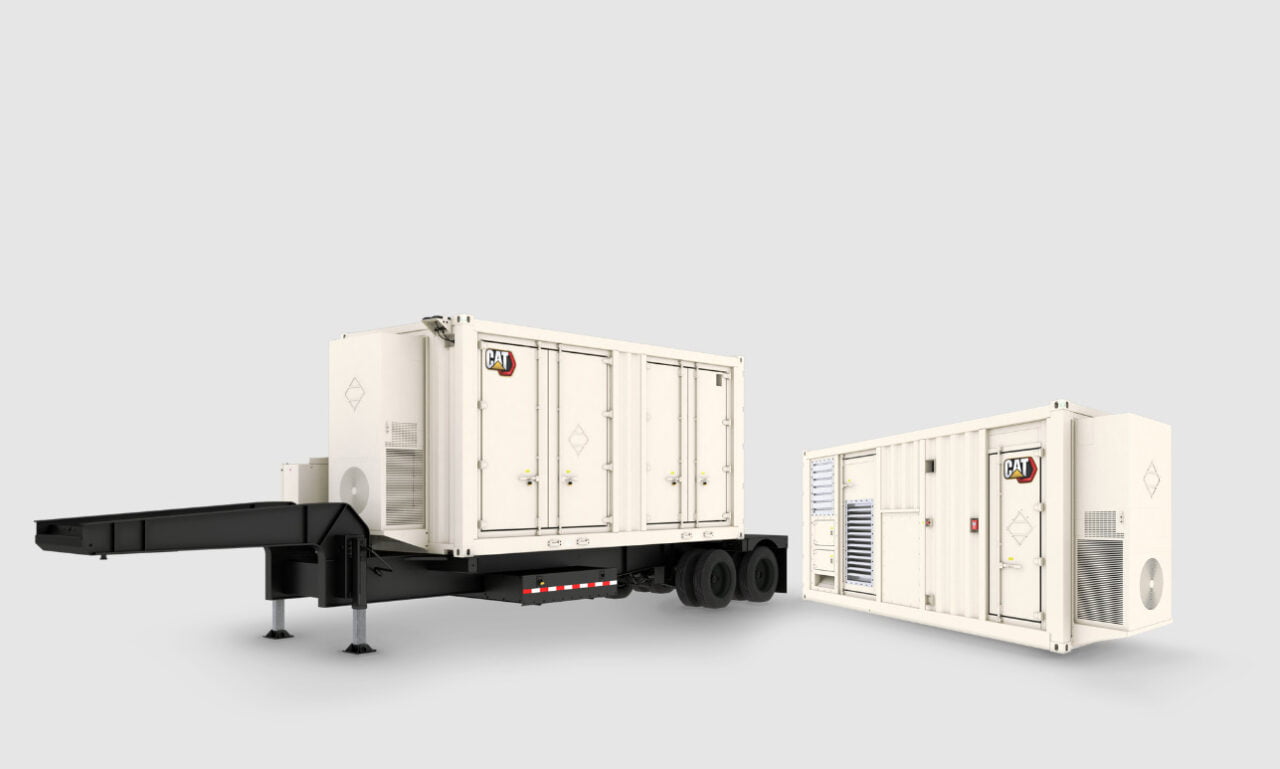
The standard module, which is the building block of the solution, is a 20-foot module with lithium-ion batteries, the company’s Cat bi-directional inverter and an isolation transformer.
“Through these new modules, customers can rapidly leverage our grid stabilisation and energy time-shifting technologies to support site loads with the scalability they need,” said Jason Kaiser, VP for Caterpillar’s electric power division.
The company is not new to the ESS space, having previously deployed ESS units comprising lithium-ion batteries, including a 7.5MW system for a microgrid at a gold mine in the Democratic Republic of Congo in 2021.
The company’s venture capital (VC) arm Caterpillar Venture Capital also invested in UK-based second life energy storage firm Connected Energy last year. A similar industrial, heavy vehicle and power solutions firm, Volvo, took part in the same fundraiser and this year has also seen it expand into the ESS market.
Caterpillar’s new suite of products includes Cat power grid stabilisation (PGS) and energy time shift (ETS) modules with optional energy capacity expansion (ECE) modules. PGS provides reserve power reserve power to allow the shutdown of one or more generator sets, while ETS is geared towards time shifting generation. The company is also offering a proprietary microgrid control and remote asset monitoring platforms.

